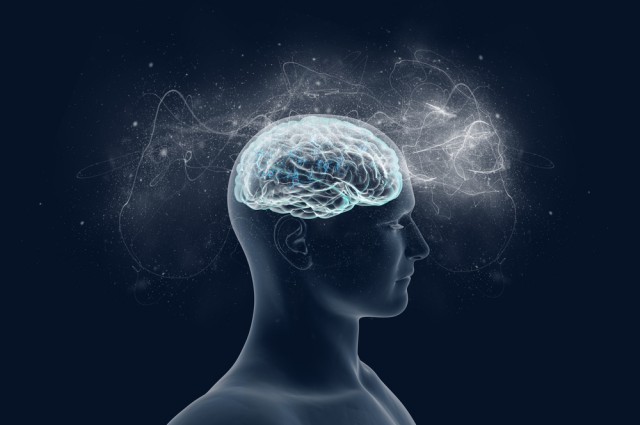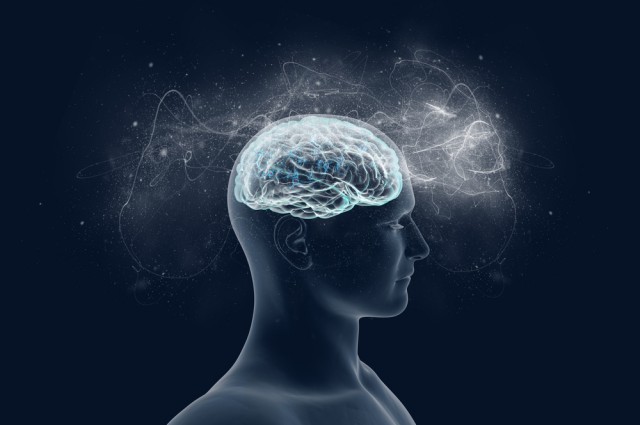Brain's memory capacity 10 times more than thought: study
Our brain may have a
memory capacity 10 times larger than previously thought and can store a
petabyte of information - as much as the entire Web, a new study has found.
The finding answers a longstanding question as to how the brain is so energy efficient and could help engineers build computers that are incredibly powerful but also conserve energy.
"Our new measurements of the brain's memory capacity increase conservative estimates by a factor of 10 to at least a petabyte, in the same ballpark as the World Wide Web," said Terry Sejnowski from Salk Institute for Biological Studies in US.
Our memories and thoughts are the result of patterns of electrical and chemical activity in the brain. A key part of the activity happens when branches of neurons, much like electrical wire, interact at certain junctions, known as synapses, researchers said.
"When we first reconstructed every dendrite, axon, glial process, and synapse from a volume of hippocampus the size of a single red blood cell, we were somewhat bewildered by the complexity and diversity amongst the synapses," said Kristen Harris from the University of Texas.
text-align: justify;">Synapses are still a
mystery, though their dysfunction can cause a range of neurological diseases.
Larger synapses - with more surface area and vesicles of neurotransmitters -
are stronger, making them more likely to activate their surrounding neurons
than medium or small synapses.
The researchers, while building a 3D reconstruction of rat hippocampus tissue (the memory centre of the brain), noticed that in some cases, a single axon from one neuron formed two synapses reaching out to a single dendrite of a second neuron, signifying that the first neuron seemed to be sending a duplicate message to the receiving neuron.
Researchers used advanced microscopy and computational algorithms they had developed to image rat brains and reconstruct the connectivity, shapes, volumes and surface area of the brain tissue down to a nanomolecular level.
The scientists found that the synapses were nearly identical, on average only about eight per cent different in size. Because the memory capacity of neurons is dependent upon synapse size, this eight per cent difference turned out to be a key number the team could then plug into their algorithmic models of the brain to measure how much information could potentially be stored in synaptic connections.
AIMIM News
Latest Urdu News
Most Viewed
Can Lionel Messi's visit boost Indian football?



























.jpg)
.jpg)
.jpg)


